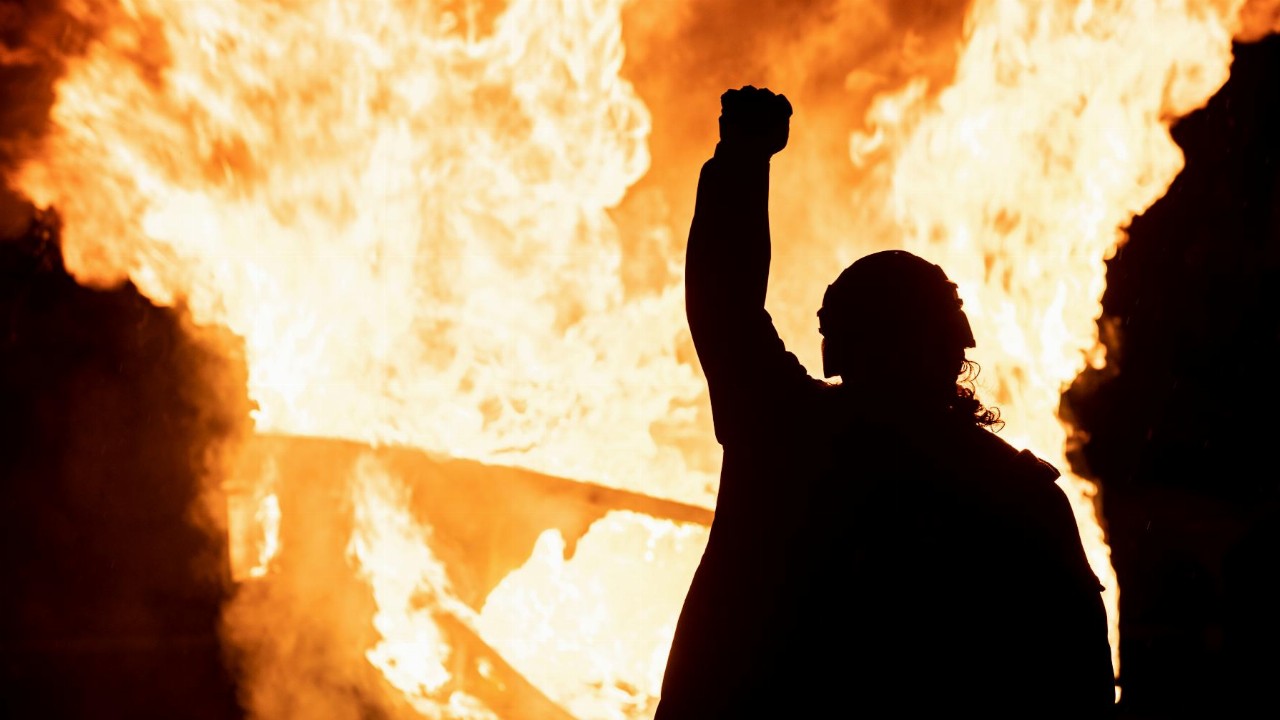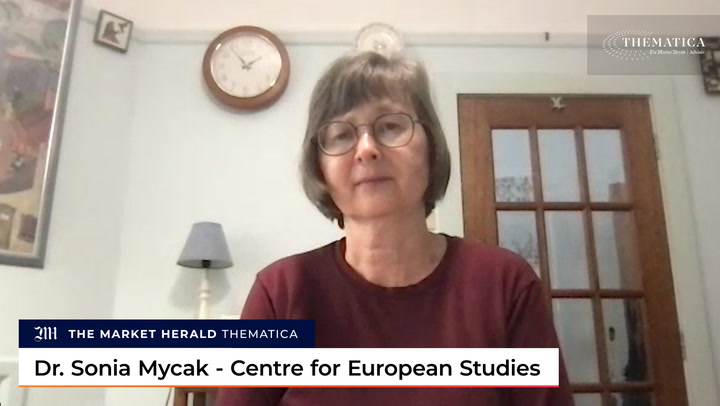- Disease, the rich–poor gap, climate change and conflicts are all expected to pose greater global challenges over the next decade, according to a new report
- “Global Trends 2040: A More Contested World”, put together by the U.S. National Intelligence Council (NIC), is a report produced every four years and predicts the national security environment over the next 20 years
- Various challenges are likely to intensify, culminating in “widespread strains on states and societies as well as shocks that could be catastrophic”
- COVID-19 is also slowing — and potentially reversing — previous progress that had been made in fighting poverty, disease and gender inequality
- The report posed five possible scenarios for what the world might look like in 2040 — the most optimistic being a “renaissance of democracies”, while the most pessimistic posits a scenario of “tragedy and mobilisation”
Disease, the rich–poor gap, climate change and conflicts are all expected to pose greater global challenges over the next decade, with the COVID-19 pandemic already worsening some of them.
According to a U.S. intelligence report published on Thursday, tensions between China and an American-led coalition of western nations will likely intensify.
‘Global Trends 2040: A More Contested World’, put together by the U.S. National Intelligence Council (NIC), cited military power shifts, demographics, technology and “hardening divisions over governance models” as the driving factors.
It’s thought that regional powers and non-state actors may flex a greater influence, potentially resulting in “a more conflict-prone and volatile geopolitical environment” and weakened international cooperation.
The report is produced every four years, taking into account political, economic, societal and other factors likely to shape the national security environment over the next 20 years.
“Our intent is to help policymakers and citizens … prepare for an array of possible futures,” the authors wrote, stressing that they make no specific predictions and include input from diverse groups.
Challenges like climate change, disease, financial crises and technological disruption “are likely to manifest more frequently and intensely in almost every region and country,” culminating in “widespread strains on states and societies as well as shocks that could be catastrophic,” the report said.
COVID-19, thought to be the biggest global disruption since World War Two, has exposed and in many cases exaggerated existing disparities in healthcare, raised national debts, accelerated nationalism and political polarisation, deepened inequality, fueled distrust in government and highlighted failed international cooperation.
It’s also slowing — and potentially reversing — previous progress that had been made in fighting poverty, disease and gender inequality.
“There is a certain set of trends that we’ve identified that seem to be accelerating or made more powerful because of the pandemic,” an NIC official said.
The report posed five possible scenarios for what the world might look like in 2040.
The most optimistic — a “renaissance of democracies” — predicts that governments would be “better able to foster scientific research and technological innovation, catalysing an economic boom,” thereby enabling them to cope more effectively with both domestic and international stresses.
On the other hand, the most pessimistic scenario — “tragedy and mobilisation” — posited how COVID-19 and global warming could ravage global food supplies, leading to riots in Philadelphia that kill “thousands of people.”








